Gerhard Richter
Abstraction
30 Jun - 21 Oct 2018
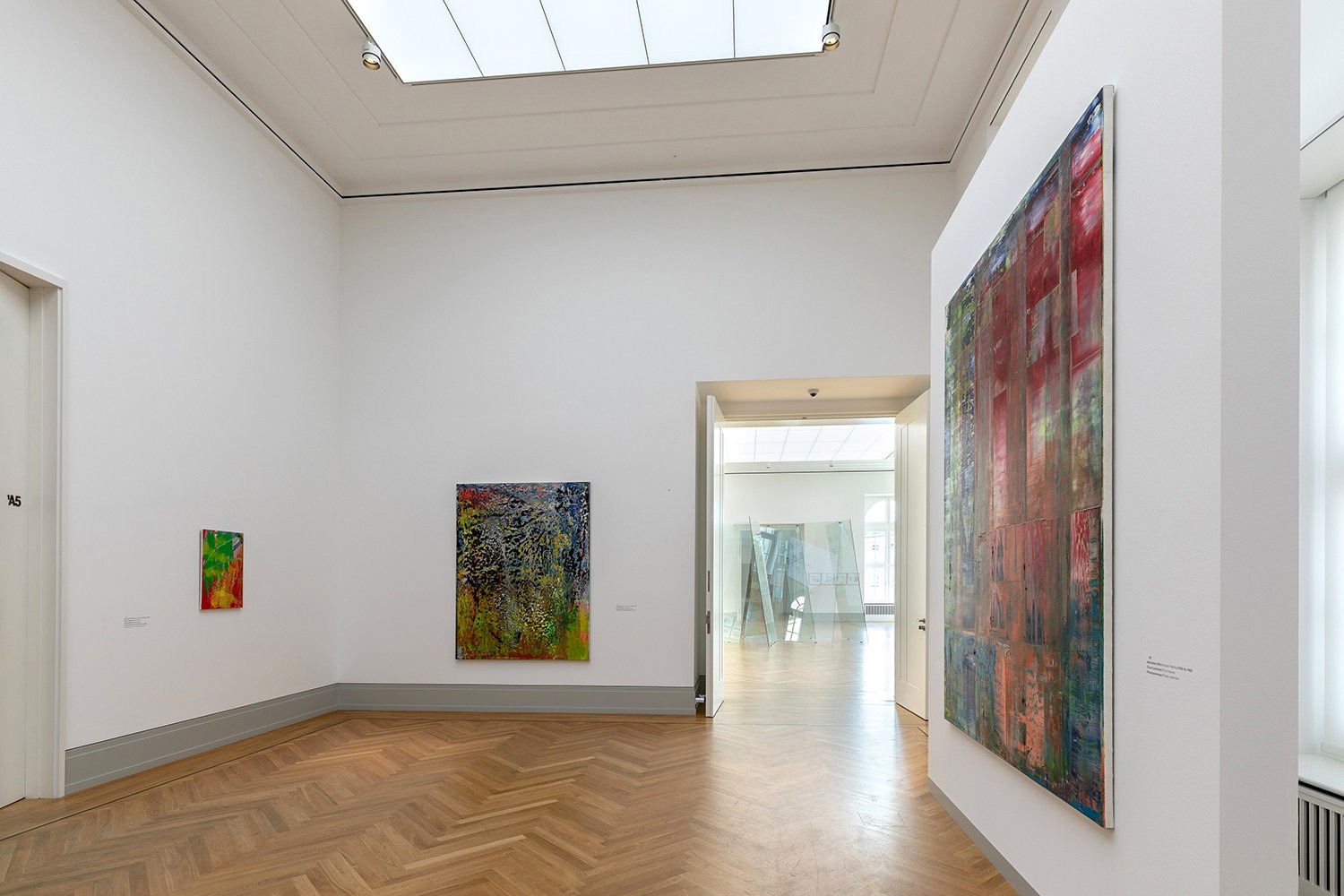
Gerhard Richter: Abstraction. Exhibition view at Museum Barberini, Potsdam, 2018. Photo: Helge Mundt
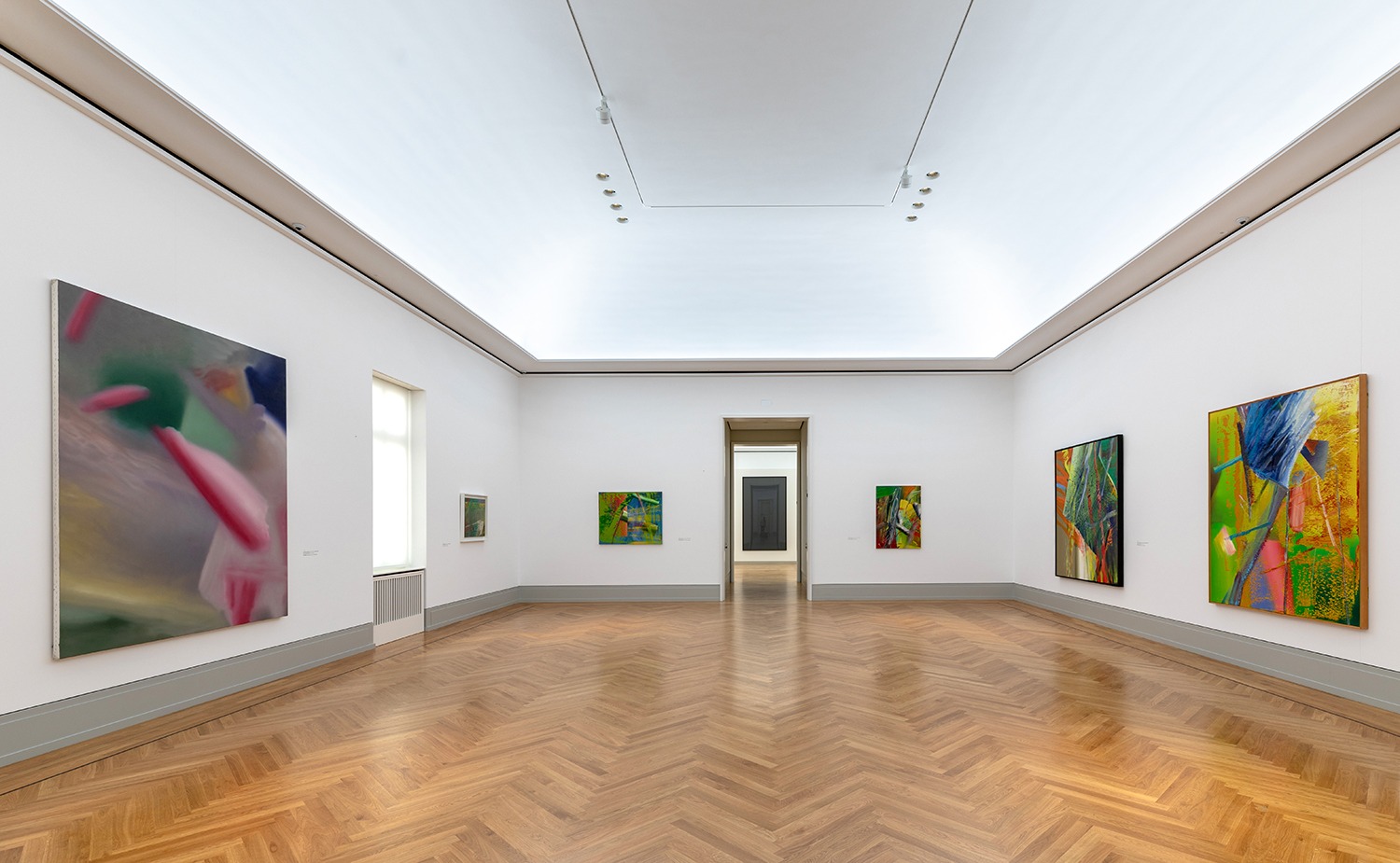
Gerhard Richter: Abstraction. Exhibition view at Museum Barberini, Potsdam, 2018. Photo: Helge Mundt
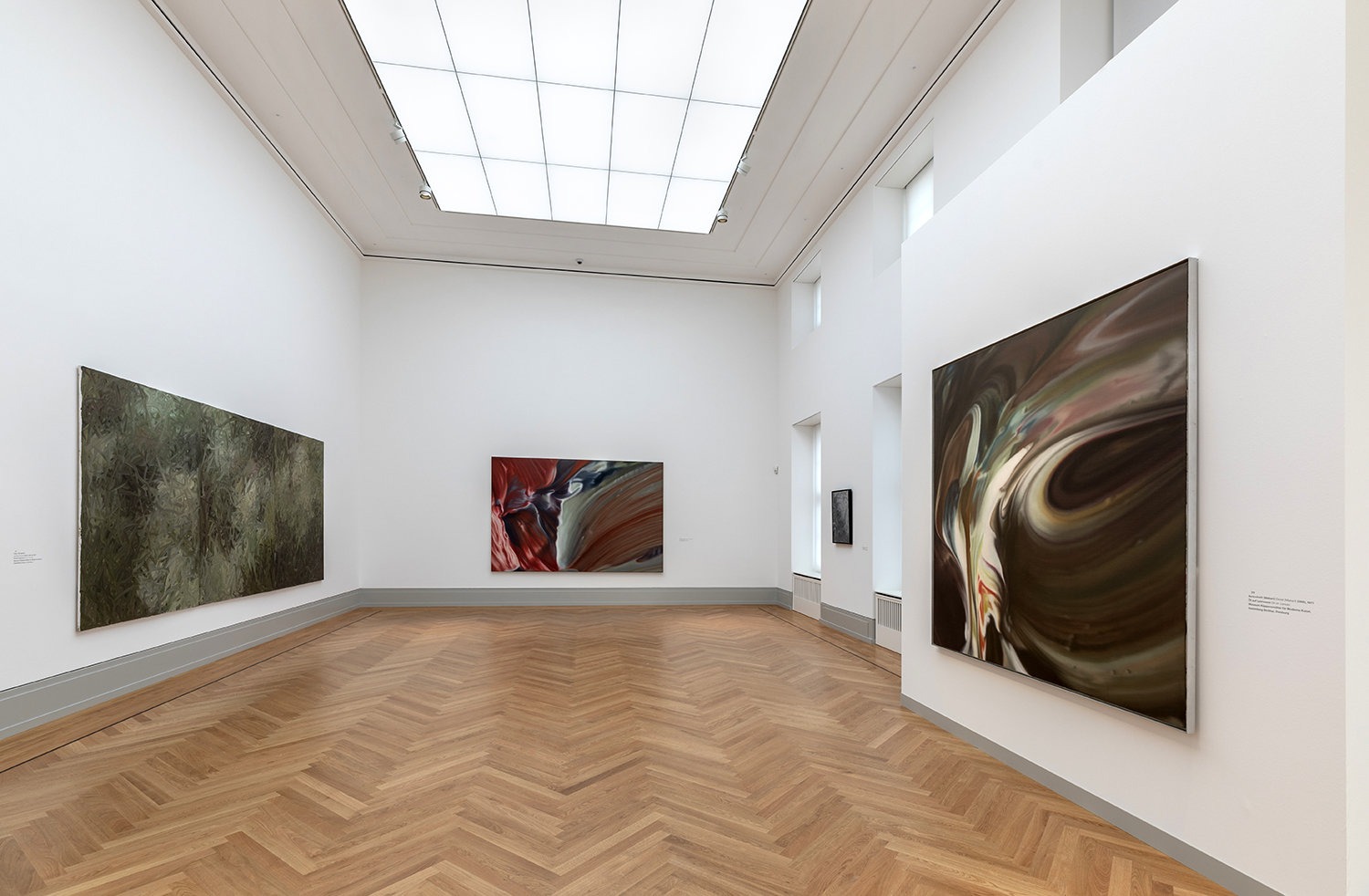
Gerhard Richter: Abstraction. Exhibition view at Museum Barberini, Potsdam, 2018. Photo: Helge Mundt

Gerhard Richter: Abstraction. Exhibition view at Museum Barberini, Potsdam, 2018. Photo: Helge Mundt
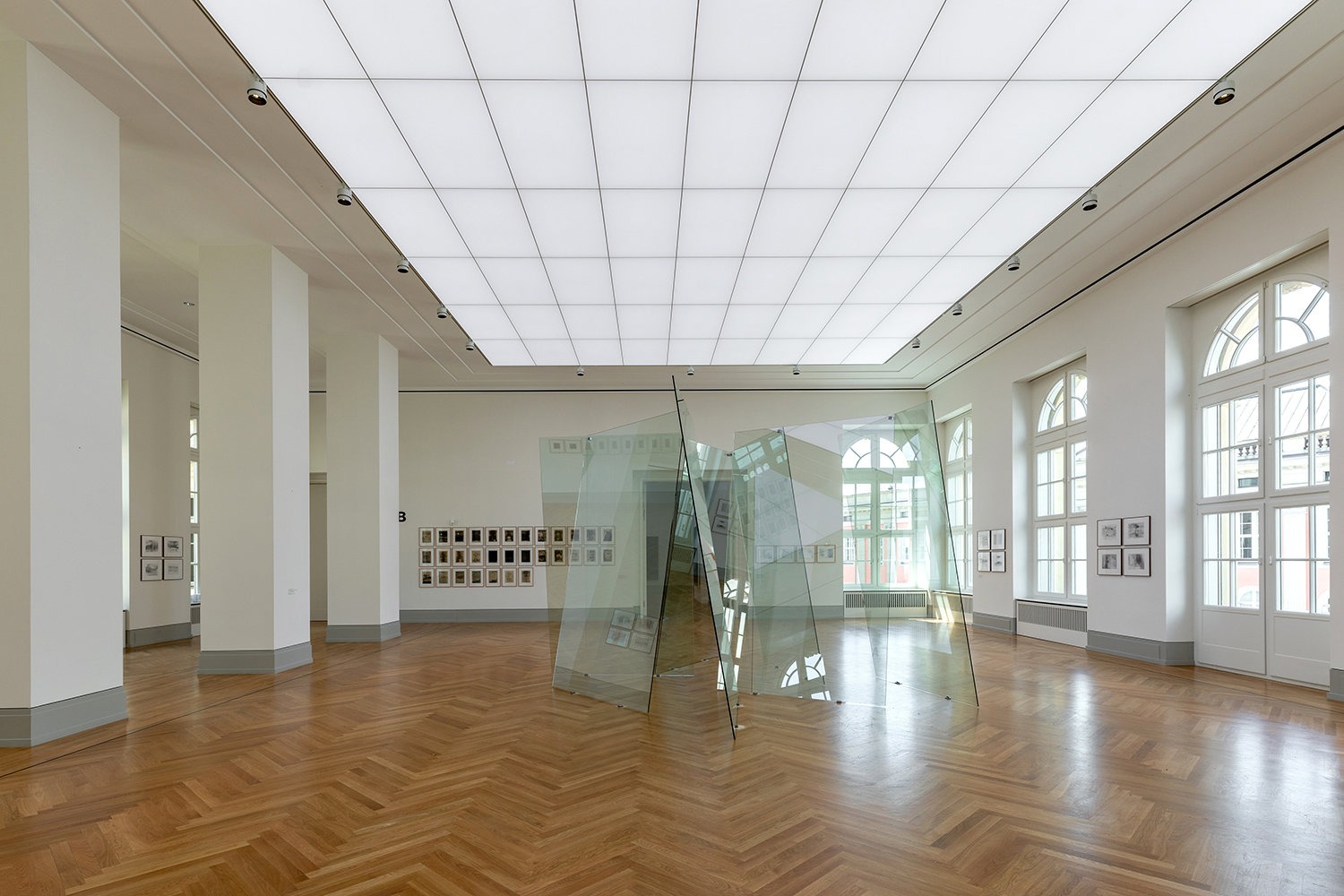
Gerhard Richter: Abstraction. Exhibition view at Museum Barberini, Potsdam, 2018. Photo: Helge Mundt
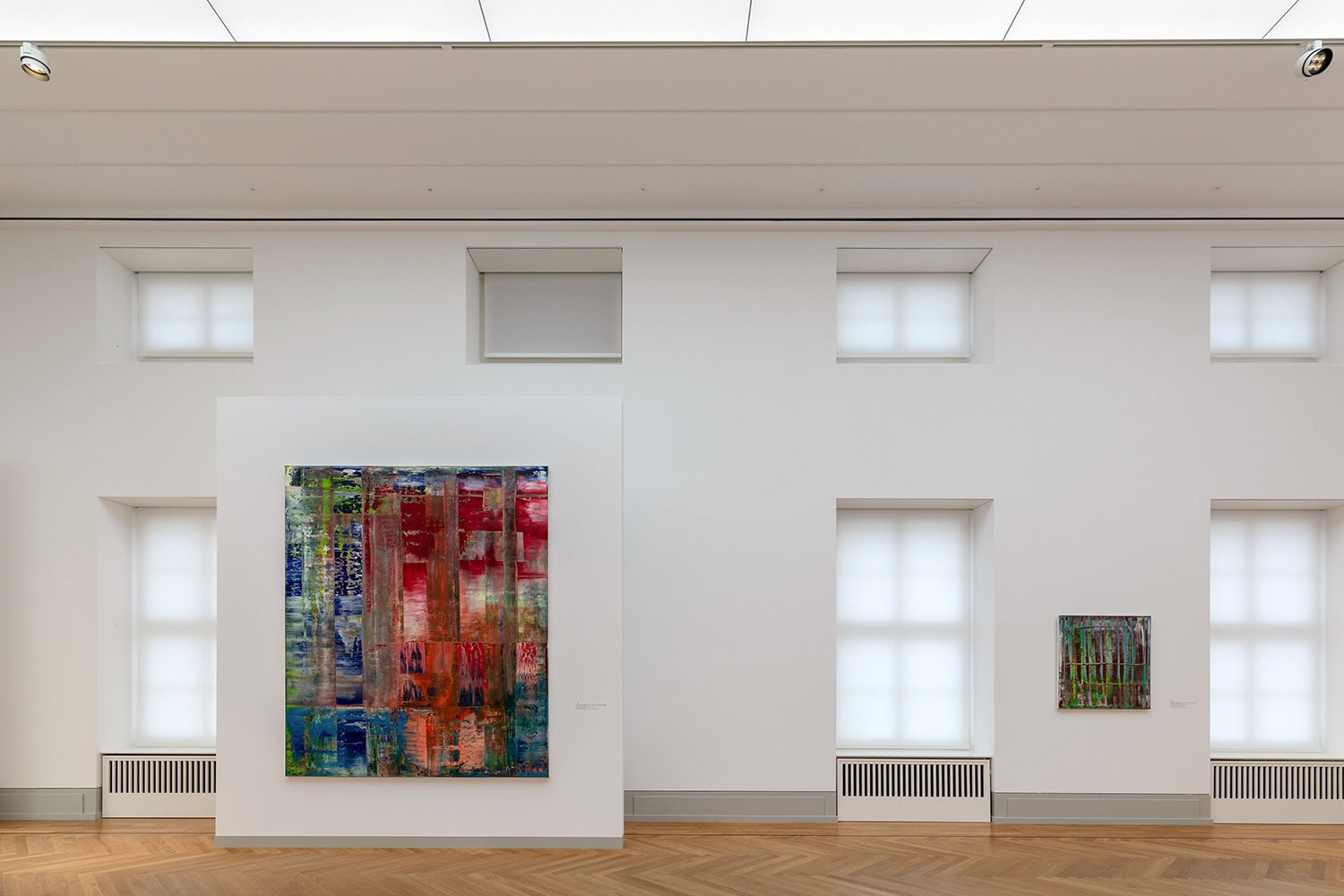
Gerhard Richter: Abstraction. Exhibition view at Museum Barberini, Potsdam, 2018. Photo: Helge Mundt
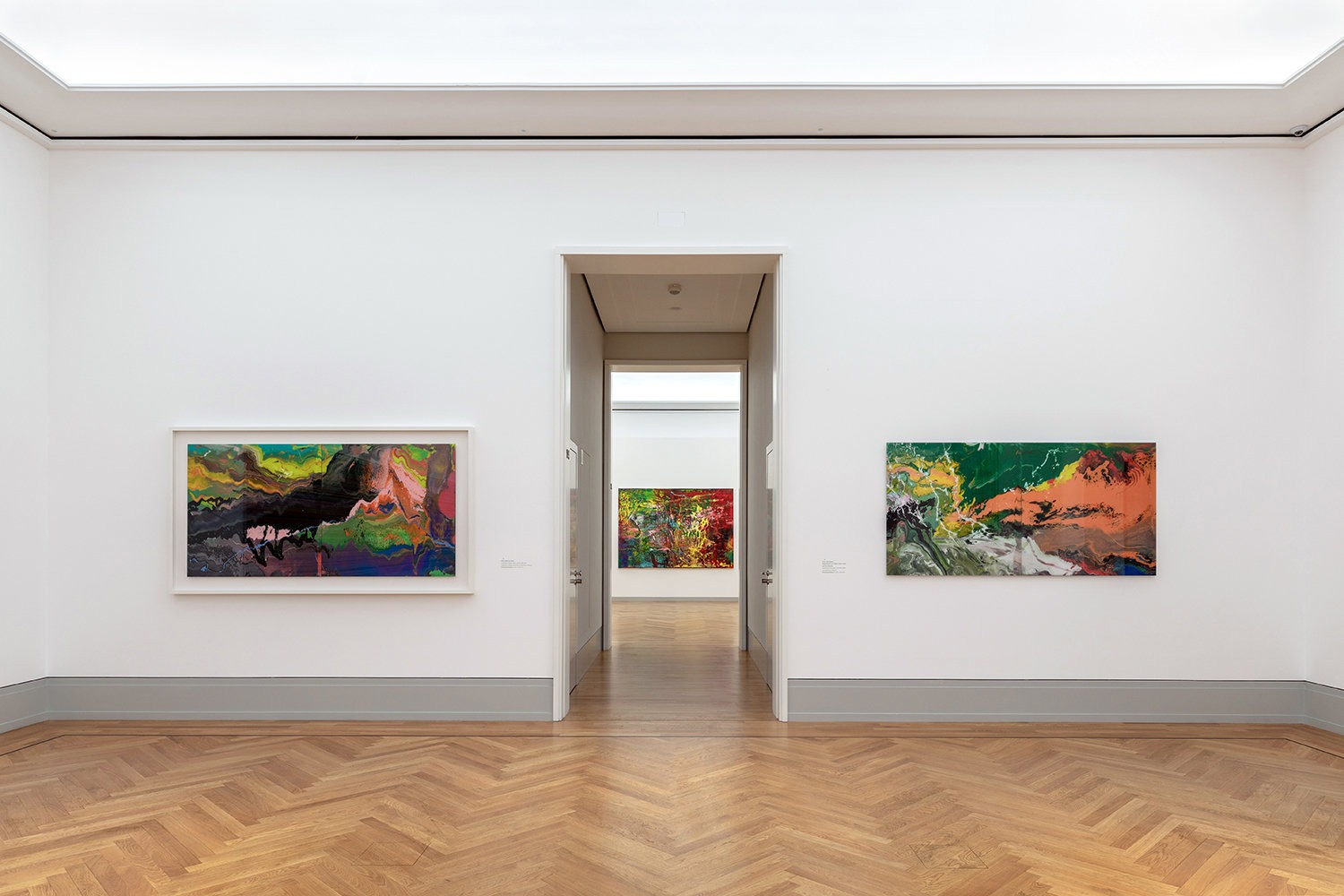
Gerhard Richter: Abstraction. Exhibition view at Museum Barberini, Potsdam, 2018. Photo: Helge Mundt
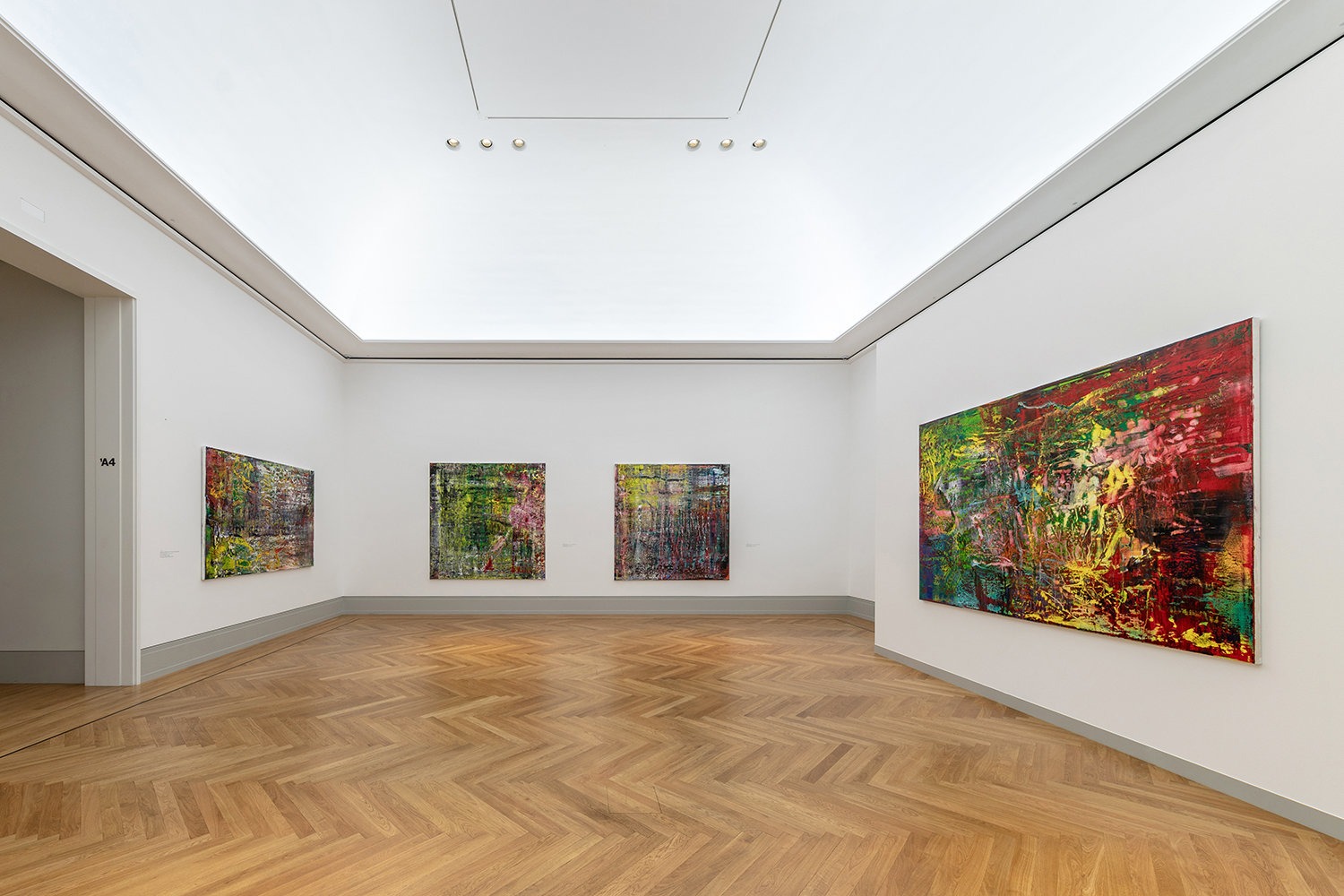
Gerhard Richter: Abstraction. Exhibition view at Museum Barberini, Potsdam, 2018. Photo: Helge Mundt
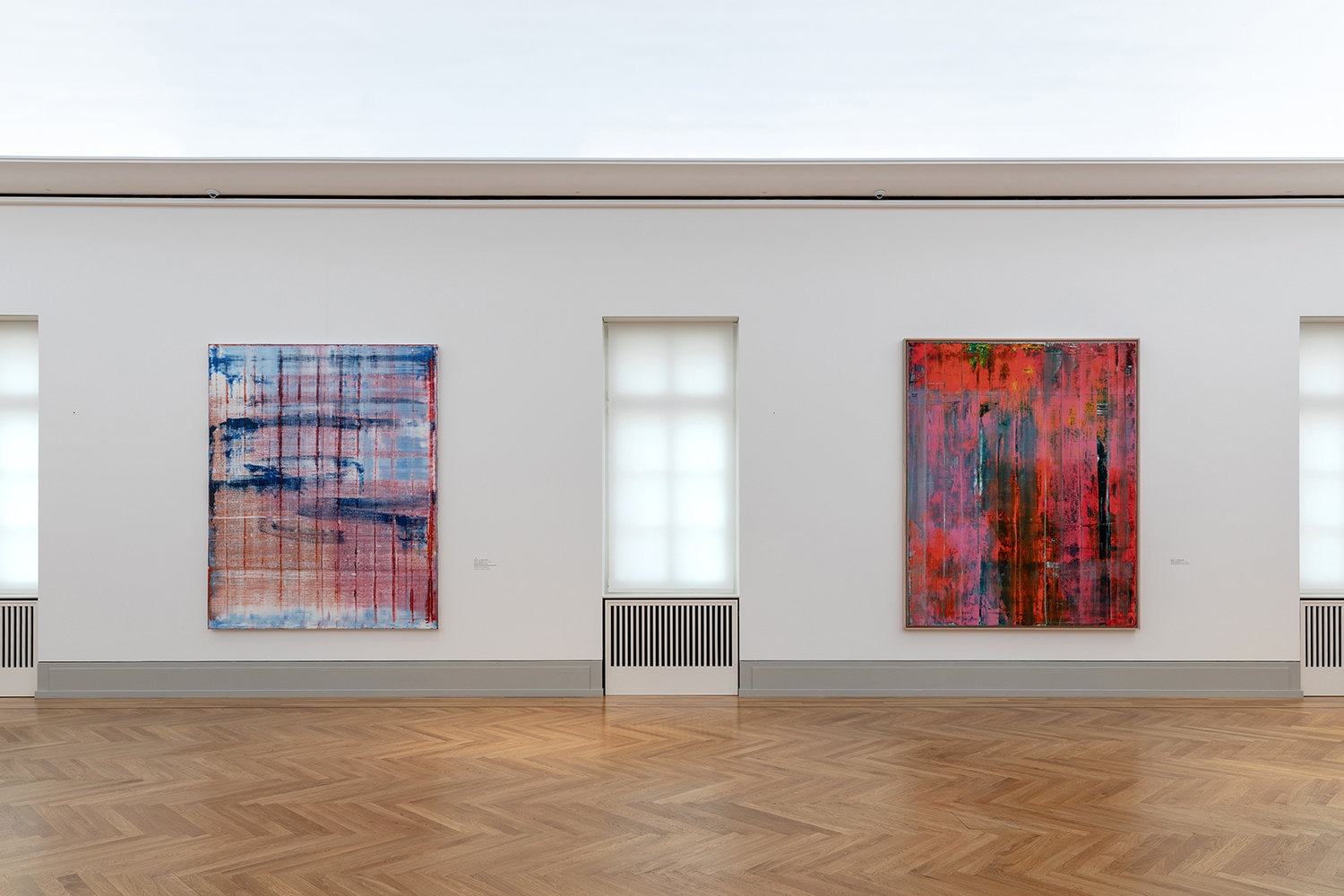
Gerhard Richter: Abstraction. Exhibition view at Museum Barberini, Potsdam, 2018. Photo: Helge Mundt
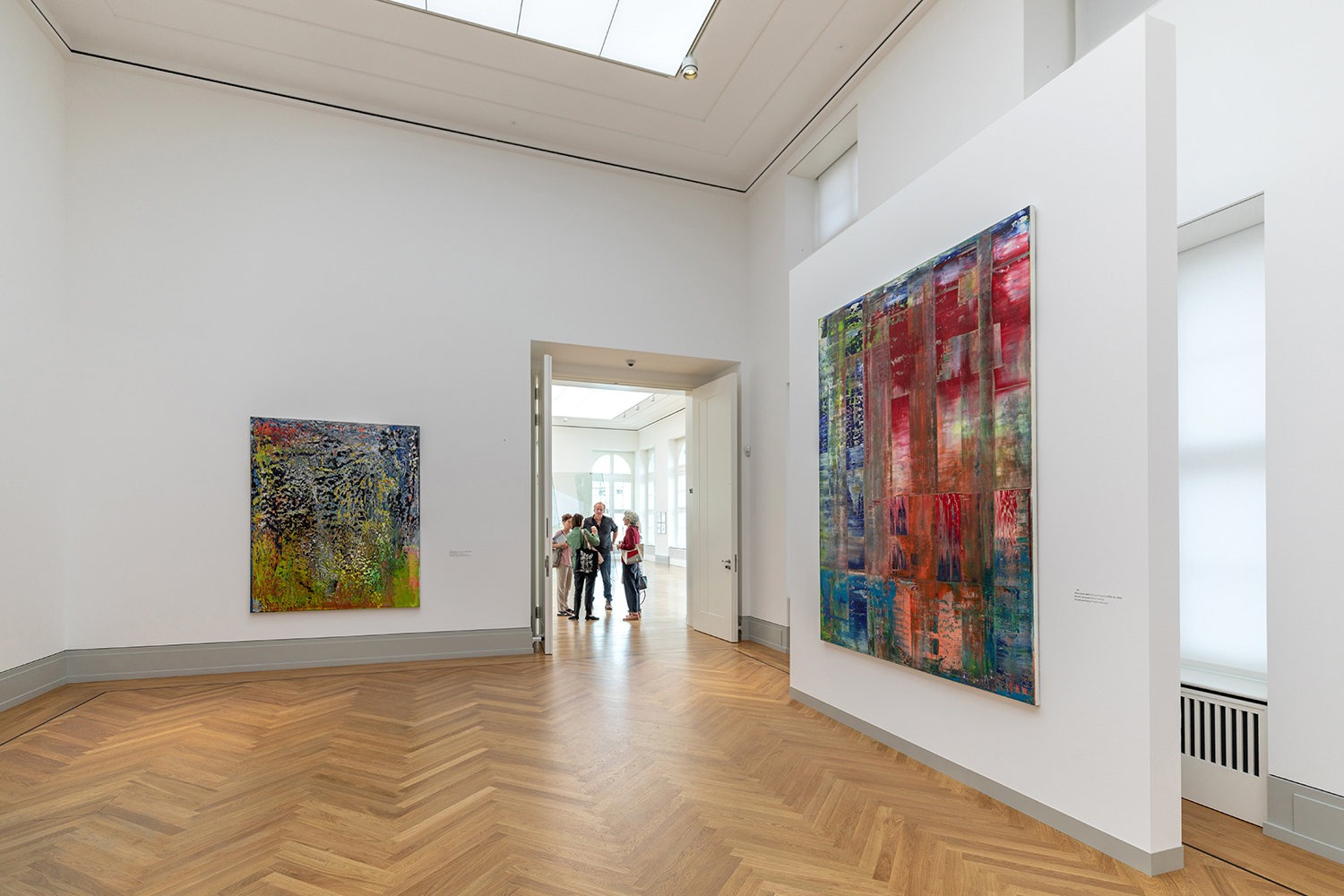
Gerhard Richter: Abstraction. Exhibition view at Museum Barberini, Potsdam, 2018. Photo: Helge Mundt
Gerhard Richter: Abstraction
June 30 until October 21, 2018
Gerhard Richter’s work has already been honored in major retrospectives. In 2002, the Museum of Modern Art in New York devoted a solo show to the artist. In 2011, Tate Modern in London, the Neue Nationalgalerie in Berlin, and the Centre Pompidou in Paris mounted an exhibition that took a wide-ranging view of Richter’s life work, as encapsulated in its title, Panorama. Our exhibition, Gerhard Richter: Abstraction, also traces a broad arc from the 1960s to the artist’s more recent works. Unlike the retrospectives, however, the exhibition at the Museum Barberini concentrates upon a theme crucial to Richter’s painting: the abstract strategies and techniques employed across the artist’s oeuvre.
The exhibition was inspired by a work held by the Museum Barberini and brings together over ninety artworks from international museums and private collections, some of which will be on display for the first time. It follows Richter’s development from the black-and-white Photo paintings and Color Charts to the Detail paintings, the Gray paintings, the Inpaintings, and the Abstract paintings, as Richter often titled his works from the late 1970s onward. The works in this last series retain traces of the tools used in the artist’s working process: brushes, squeegees, and spatulas. Through the broad range of the diverse groups of works on display, viewers will be able to identify elements that recur throughout Richter’s entire oeuvre.
“Abstraction runs like a golden thread through Richter’s painting. As volatile and diverse as his changes from one phase to the next may have seemed to some of his contemporaries, Richter’s work has nonetheless resolutely furthered and transformed abstraction,” explains Ortrud Westheider, director of the Museum Barberini. “By deliberately incorporating chance, he minimizes the artist’s conscious control of the painting process. Richter emphasizes a grid structure over spontaneous creativity and draws a squeegee across entire canvases. He eschews subjectivity and references outside of art. These abstract works function on their own terms.”
The exhibition, curated by Ortrud Westheider, director of Museum Barberini, and Dietmar Elger, director of the Gerhard Richter Archive at the Staatliche Kunstsammlungen Dresden, has been developed in close collaboration with the Gerhard Richter Archive. The exhibition is accompanied by an extensive program of workshops and events including talks, guided tours, concerts, and film screenings.
June 30 until October 21, 2018
Gerhard Richter’s work has already been honored in major retrospectives. In 2002, the Museum of Modern Art in New York devoted a solo show to the artist. In 2011, Tate Modern in London, the Neue Nationalgalerie in Berlin, and the Centre Pompidou in Paris mounted an exhibition that took a wide-ranging view of Richter’s life work, as encapsulated in its title, Panorama. Our exhibition, Gerhard Richter: Abstraction, also traces a broad arc from the 1960s to the artist’s more recent works. Unlike the retrospectives, however, the exhibition at the Museum Barberini concentrates upon a theme crucial to Richter’s painting: the abstract strategies and techniques employed across the artist’s oeuvre.
The exhibition was inspired by a work held by the Museum Barberini and brings together over ninety artworks from international museums and private collections, some of which will be on display for the first time. It follows Richter’s development from the black-and-white Photo paintings and Color Charts to the Detail paintings, the Gray paintings, the Inpaintings, and the Abstract paintings, as Richter often titled his works from the late 1970s onward. The works in this last series retain traces of the tools used in the artist’s working process: brushes, squeegees, and spatulas. Through the broad range of the diverse groups of works on display, viewers will be able to identify elements that recur throughout Richter’s entire oeuvre.
“Abstraction runs like a golden thread through Richter’s painting. As volatile and diverse as his changes from one phase to the next may have seemed to some of his contemporaries, Richter’s work has nonetheless resolutely furthered and transformed abstraction,” explains Ortrud Westheider, director of the Museum Barberini. “By deliberately incorporating chance, he minimizes the artist’s conscious control of the painting process. Richter emphasizes a grid structure over spontaneous creativity and draws a squeegee across entire canvases. He eschews subjectivity and references outside of art. These abstract works function on their own terms.”
The exhibition, curated by Ortrud Westheider, director of Museum Barberini, and Dietmar Elger, director of the Gerhard Richter Archive at the Staatliche Kunstsammlungen Dresden, has been developed in close collaboration with the Gerhard Richter Archive. The exhibition is accompanied by an extensive program of workshops and events including talks, guided tours, concerts, and film screenings.
